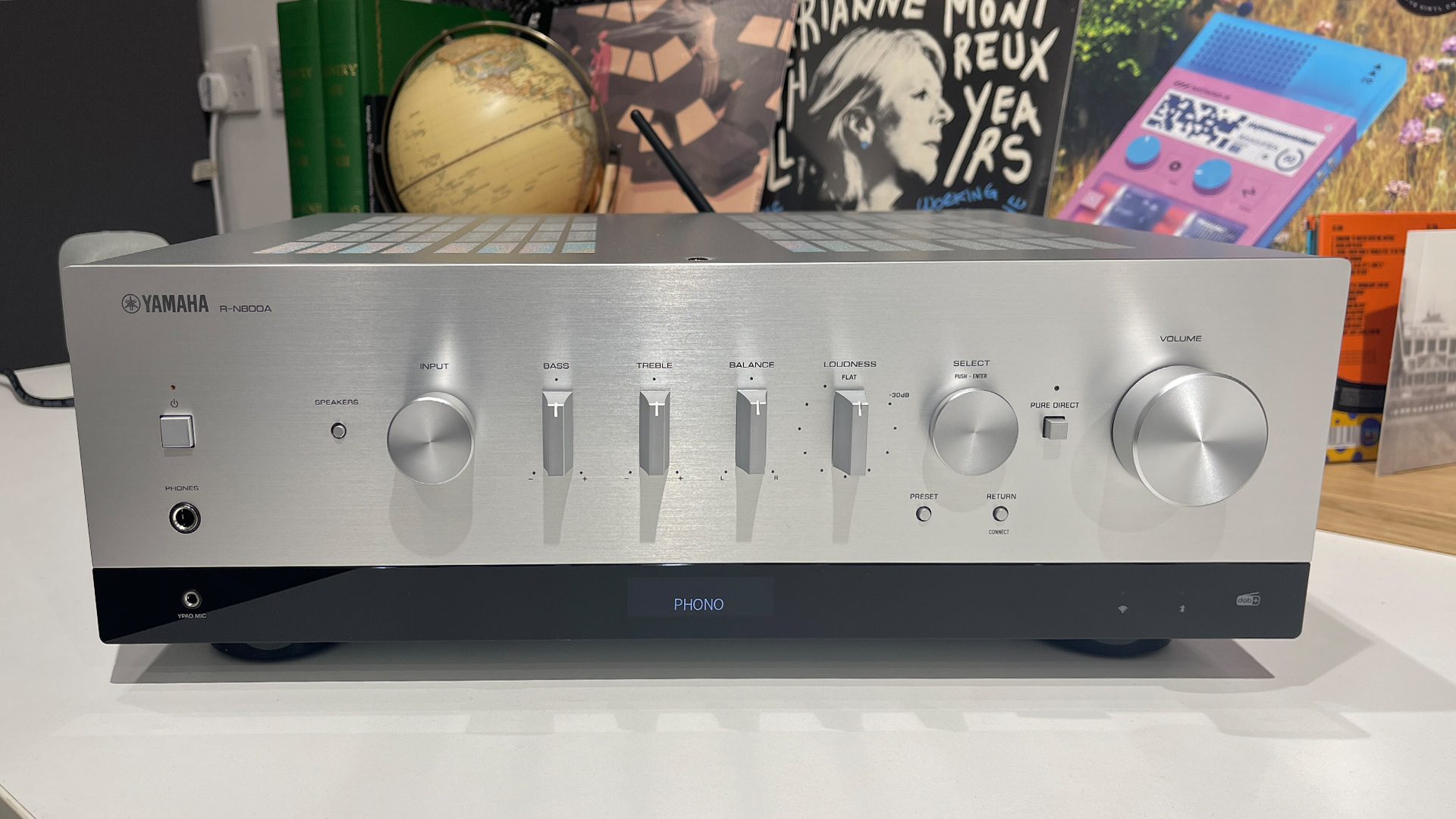What Hi-Fi? Verdict
Yamaha’s R-N800A is a neat and capable streaming system with an enjoyable sound. It is up against some tough competition, though
Pros
- +
Balanced and enjoyable sound
- +
Good sense of scale and openness to the presentation
- +
Neat package
Cons
- -
Sound could do with a little more verve
- -
Can get disorganised when pushed
- -
Phono stage isn’t great
- -
Can’t scroll through songs when streaming from a NAS unit
Why you can trust What Hi-Fi?
If you were to see Yamaha’s R-N800A on a hi-fi rack it would be easy to assume that it was simply another one of the company’s slightly retro-looking but ever-so-classy stereo amplifiers.
At first glance, there isn’t anything to suggest otherwise. Power it up, and the small but crisp display hidden in the black band along the base of the front panel reveals there is more.
Features & build
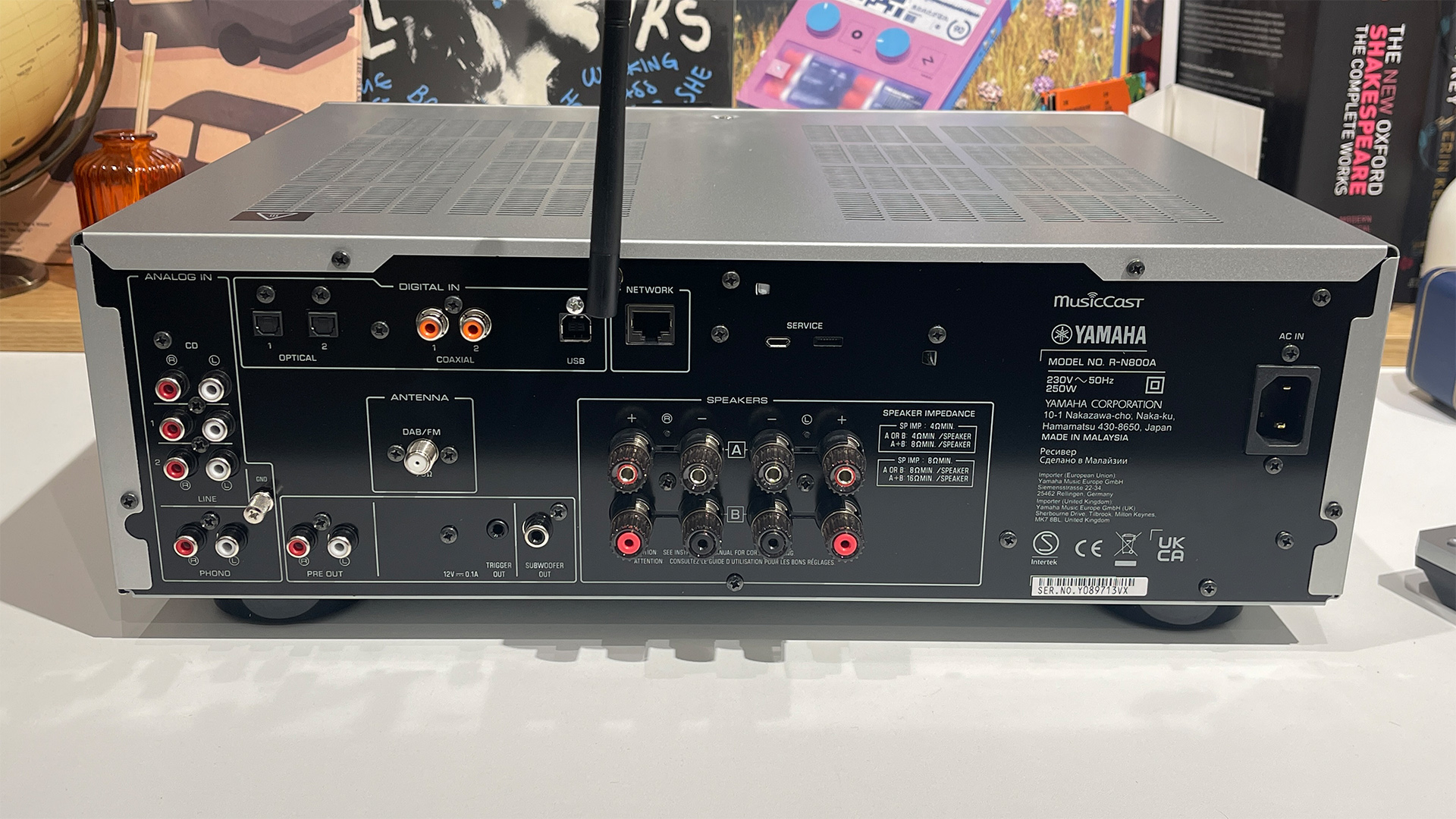
The R-N800A is a just-add-speakers streaming system, or a streaming amplifier, if you prefer. It packs a UPnP streaming module that works with Yamaha’s long-running MusicCast app and does pretty much what you would expect from such a product.
It will play music from a NAS unit and includes the expected streaming services (Spotify Connect, Tidal Connect, Amazon Music, Deeze and Qobuz). Bluetooth (4.2), Apple AirPlay 2 and Roon compatibility are also on the menu. However, Chromecast is a notable absentee.
Elsewhere there is a moving magnet phono stage, a DAB/FM radio tuner and a 6.3mm headphone output.
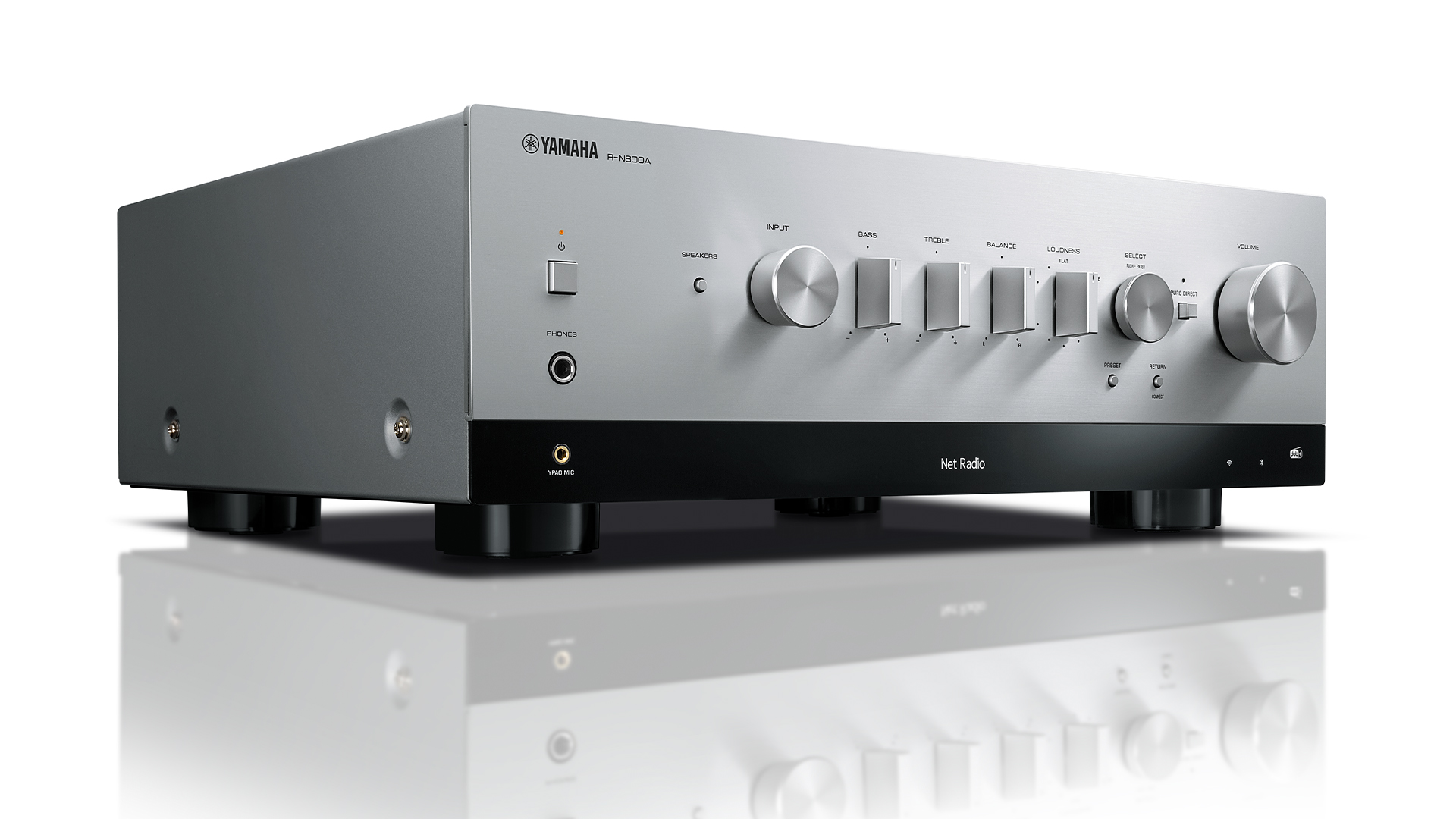
Sources Phono MM, Network streaming, Bluetooth 4.2, DAB/FM tuner
Network Wi-fi and ethernet
Inputs Line level x 3, Phono MM, USB Type B, optical x2, coaxial x 2
Outputs Subwoofer, preamp
Headphone output 3.5mm
Max file resolution 32-bit/384kHz PCM, DSD256
Streaming features UPnP, AirPlay 2, internet radio, Spotify Connect, Tidal Connect, Bluetooth 4.2
Power output 100 watts per channel
Dimensions (hwd) 15.1 x 43.5 x 39.5cm
Weight 11.4kg
Finishes x 2 (silver, black)
Connectivity is good with three analogue line level inputs and the usual trio of digital options (USB type B, two coaxial and two optical). While the USB will accept signals up to 32-bit/384kHz PCM and DSD256, as is usual, the coax and optical inputs top out at 192kHz PCM, with DSD not on the menu. Take a look inside the Yamaha and you will find ESS Sabre’s well-regarded ES9080Q DAC chip at the heart of the R-N800A’s digital circuitry.
This unit is pretty powerful too, producing a claimed 100 watts per channel in an 8-ohm load. We tried a range of speakers from the Bowers & Wilkins 607 S3 and KEF’s LS50 Meta to the Epos ES-14N and managed to get decent volume levels from all of them in our 3 x 7 x 5m test room.
General build quality is as good as we’ve come to expect from the brand. The R-N800A’s casework is generally solid by class standards and the various front panel controls and switches work with pleasing precision. Our only complaint is that the speaker terminals flex a bit too much when we plug our cables in.
We are pleased to note that the tone controls work subtly enough to prove useful. They (and the balance control) are bypassed when we press the Pure Direct button, and we notice a slight improvement in the R-N800A’s clarity and definition when we do so.
Ease of use
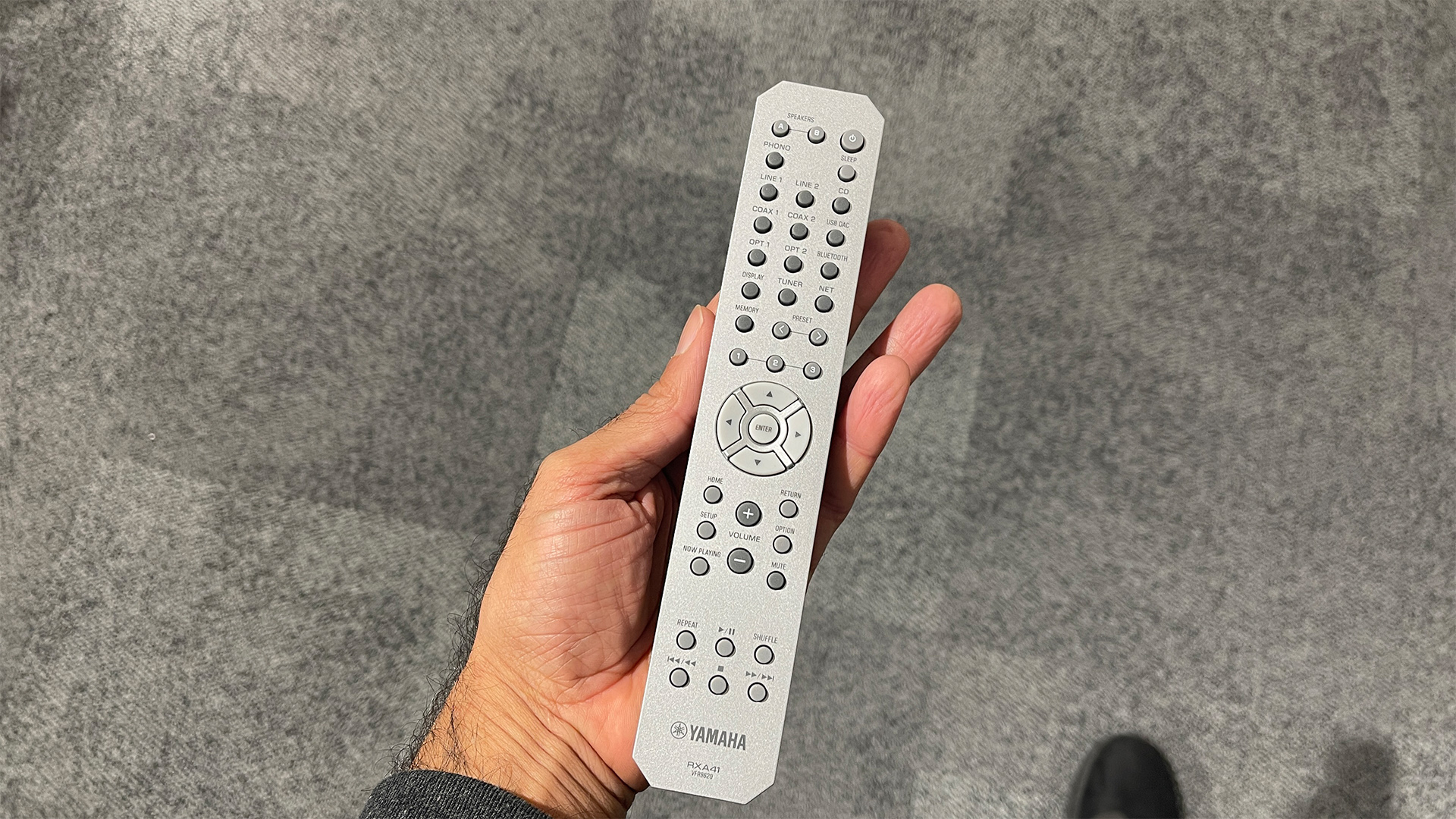
We load Yamaha’s MusicCast app onto our iPad and are up and running in minutes. While the R-N800A has wi-fi, we prefer to hardwire it into our network for the greater stability the physical connection invariably provides. The R-N800A is quick to recognise our Naim and Melo NAS units, and we have no issue logging onto our usual Tidal account. Getting started is a pretty slick and fuss-free experience.
Note though, that the MusicCast software doesn’t allow scrolling on songs played from our NAS units. This is an odd omission considering that it does allow this functionality when we listen to streaming services such as Tidal.
The company makes a bit of a song and dance about the inclusion of its in-house YPAO (Yamaha Parametric room Acoustic Optimizer) system. We are familiar with this speaker set-up system from the company’s home cinema amplifiers and so are keen to find out if it works as well here.
It turns out that the implementation in the R-N800A differs in some quite fundamental ways from that used in the home cinema products. The most important difference is that there is not a target frequency curve that each speaker’s output is adjusted to match. Instead, this version of YPAO aims to match the speakers to each other, with the lower output at any particular frequency being the target.
Doing things this way maximises dynamic headroom and reduces the generation of any unwanted artefacts. We played around with the system quite a lot and found that it offers a slightly clearer and more precise presentation, though at the expense of a little finesse and fluidity. In our test room, our preference is to have YPAO turned off, but we can envisage situations where it will prove useful.
Sound
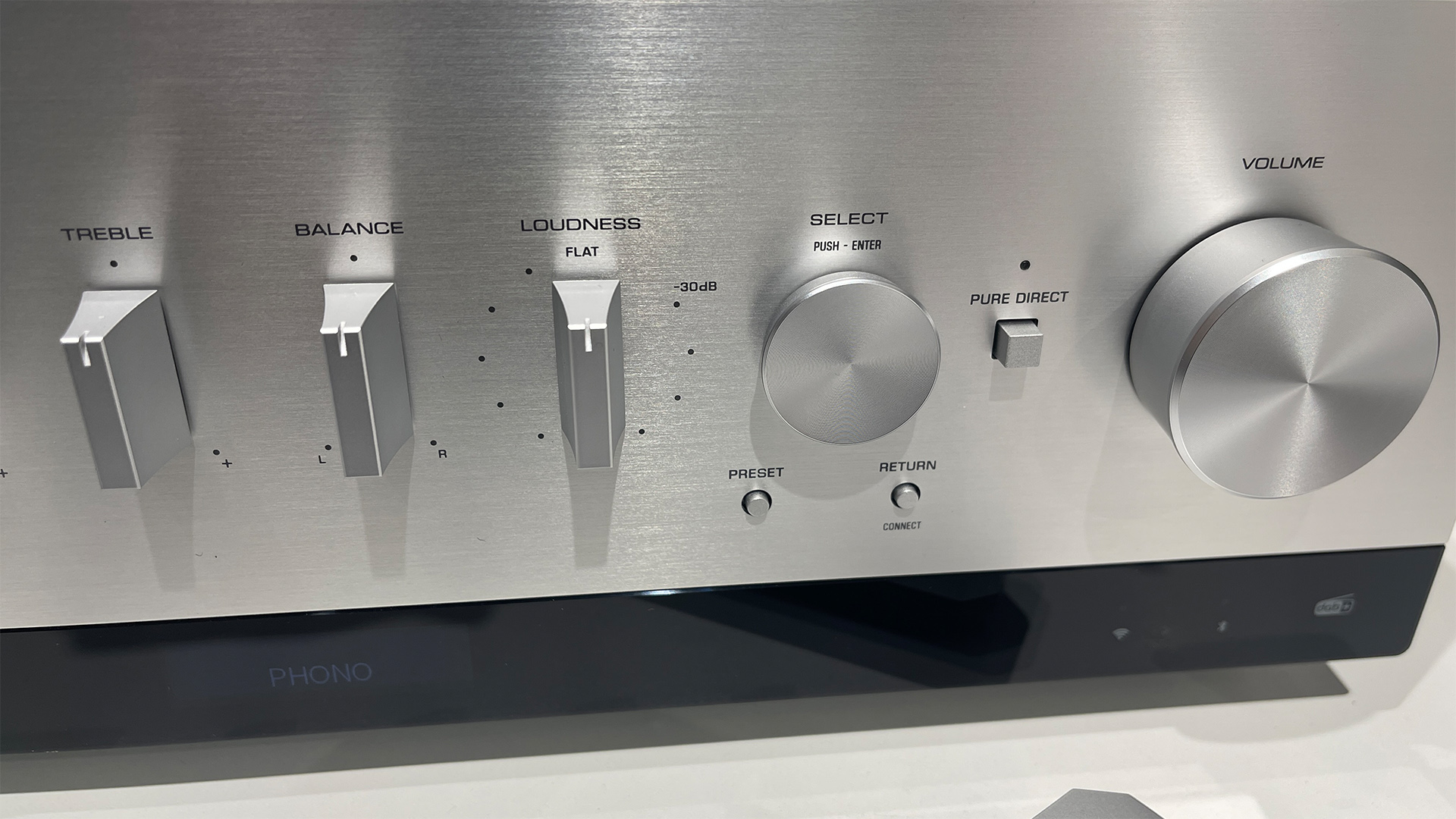
With that sorted, we start our testing in earnest with music from our NAS units. This ranges from grand classical pieces such as Tchaikovsky’s Swan Lake to something grittier like Kendrick Lamar’s How To Pimp A Butterfly. The Yamaha copes well. It switches between high-resolution PCM files to DSD without issue. Overall the R-N800A produces a decently balanced presentation that marries good scale and punch with a tonal balance that never errs too far.
In absolute terms, the bass could be considered a little rich, but that just serves to give the sound an attractive, easy-going quality. Initially, we find the treble a touch spiky, but over a few days of use, it becomes smoother without losing much in the way of bite.
There is a good degree of punch and detail here. This isn’t the kind of product that can dissect a complex piece of music and reveal subtle insights, but what it will do is communicate the drama and beauty of Tchaikovsky’s masterpiece well. Dynamics are generally expressive, though don’t quite have the free rein necessary for the music to have maximum impact. Stereo imaging is nicely expansive and precise, while rhythmic drive is best described as steady rather than energetic. It all adds up to a likeable and easy-going listening experience, but one that doesn’t manage to thrill as much as we hoped.
This Yamaha could do with a bit more composure too. When the music becomes complex, it struggles to keep a firm grip on all the various instrumental strands and loses a degree of organisation. The results never quite become messy, but there are certainly signs of strain.
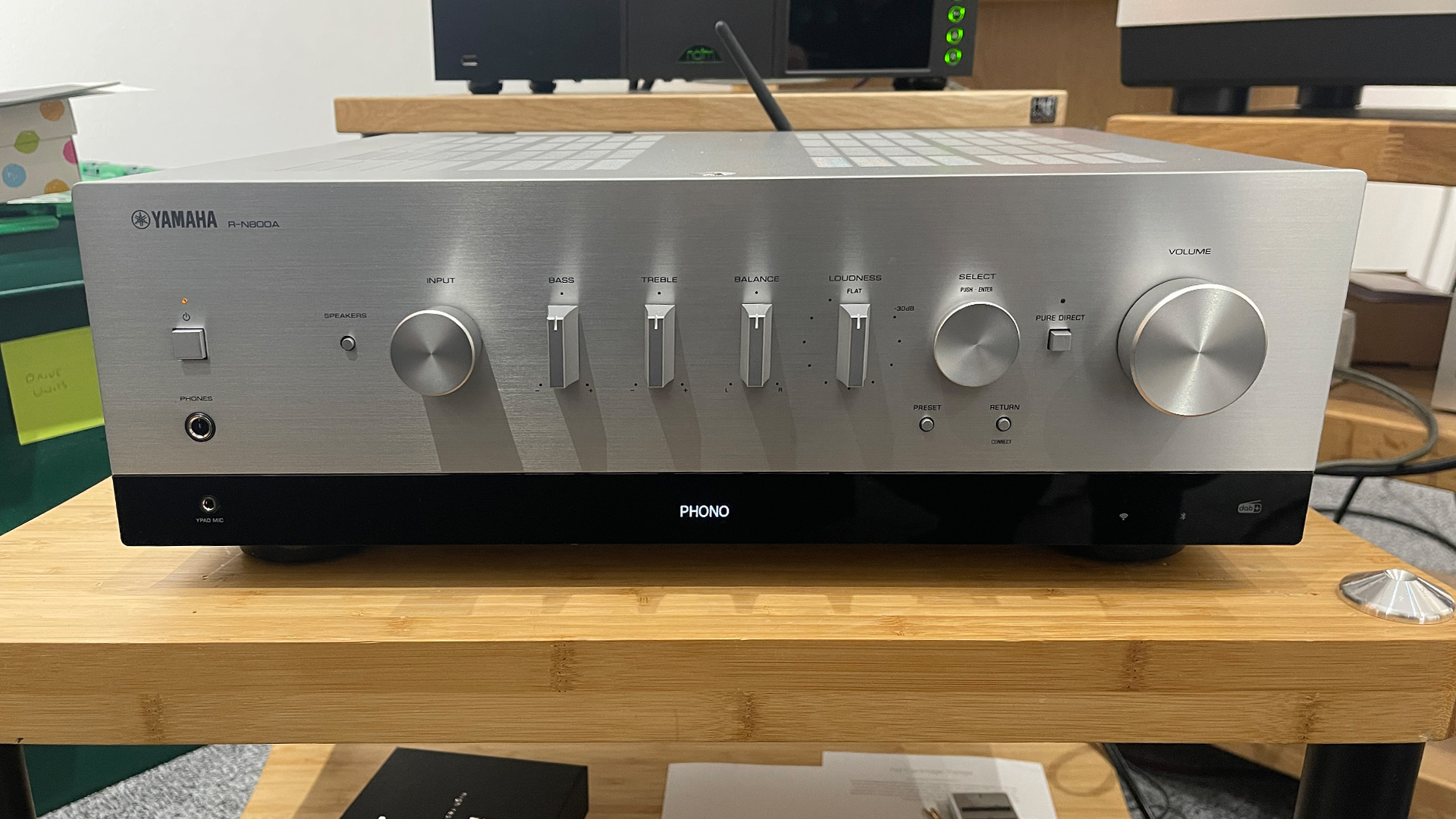
Bluetooth pairing is quick and painless. This would never be our connection of choice if outright performance were paramount, but it is undeniably useful, especially as the Yamaha does such a decent job with it. Detail levels are reasonable and the R-N800A’s appealing character isn’t diluted significantly with this input.
We’re less forgiving of the built-in moving magnet phono stage. Plugging in Rega’s Planar 3/ND3 turntable combination we find the sound flat and uninspiring. Tonally, things are fine, but the phono input is rather too compressed and lacking in finesse for our liking. The digital inputs are a clear step up, though the sound is thinner and edgier than that heard through the analogue line stages.
Switching to Tidal improves our mood. The streaming section is a good one and once again we can enjoy the R-N800A’s more refined and appealing side. There is plenty of insight and a decent sense of drive, even if rhythmic precision isn’t quite up to the standards of the Award-winning Technics SA-C600 at this price level.
Verdict
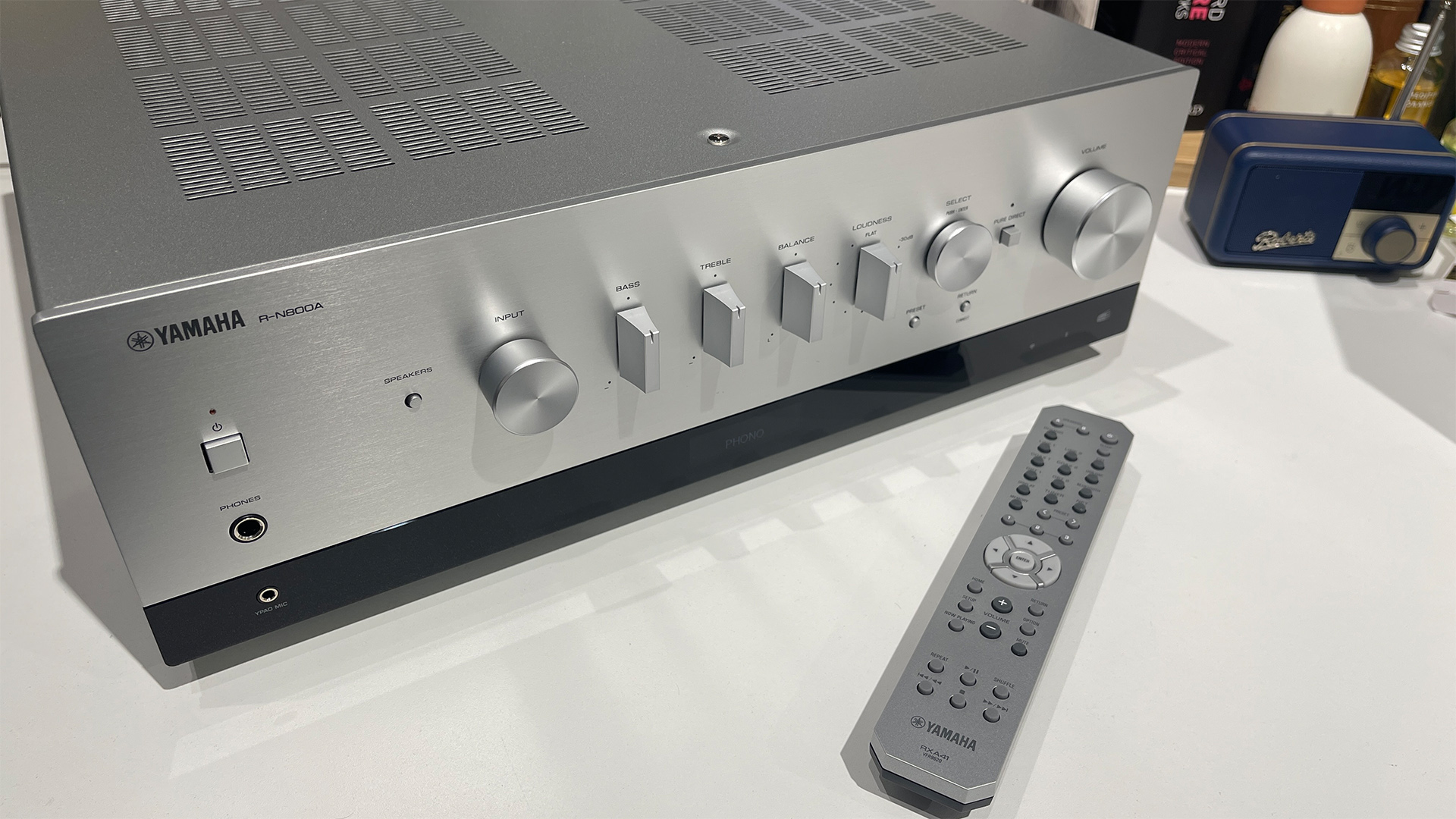
Overall, the Yamaha R-N800A streaming amplifier puts in a solid performance. There are certainly areas where it can improve, but on the whole, it is a pleasant proposition. If you are looking for an unassuming but decently capable performer, this unit certainly should be considered.
First reviewed: November 2024
SCORE
- Sound 4
- Build 4
- Features 4
MORE:
Read our review of the Technics SA-C600
Also consider the Marantz PM7000N
Best hi-fi systems: CD, vinyl and streaming music players for the home
What Hi-Fi?, founded in 1976, is the world's leading independent guide to buying and owning hi-fi and home entertainment products. Our comprehensive tests help you buy the very best for your money, with our advice sections giving you step-by-step information on how to get even more from your music and movies. Everything is tested by our dedicated team of in-house reviewers in our custom-built test rooms in London, Reading and Bath. Our coveted five-star rating and Awards are recognised all over the world as the ultimate seal of approval, so you can buy with absolute confidence.
-
gasolin I bought one this month and now you reviewed it :cautious:Reply
First of it sounds good
Why you only give it 4 for feature i don't know, it doesn't have Chromecast and hdmi, is that enough to give it 4 instead of 5
Smooth sound, neutral bass,midrange, clear highs, can play loud, mine is with an upgraded power cable and rubber feet under the stock feet, lots of features, adjust gain from each input initial volume,max volume (super if you have small speakers that can't handle 100 watt or you don't want your kids to play to loud)
Phono stage could be improved, it's there and it works (my tt has a built in phonostage that sounds fine)
Use musiccast to add radio station to your favorits,preset -
bemaniac Reply
The manufacturer didn't pay quite enough in advertising. Trust me I've been here decades. This might be the best sounding £1000 amp made since the Cambridge audio CX81. The phono is warm on the Yamaha and quite the opposite of the compressed sound described. It just shows you that you do not need to believe publications that review based on Ad-rev. I salute your purchase. I went CX81 however it does not sound quite as good but I needed HDMI. What Hi-Fis aim is to negate Japan when we all know they are superior.gasolin said:I bought one this month and now you reviewed it :cautious:
First of it sounds good
Why you only give it 4 for feature i don't know, it doesn't have Chromecast and hdmi, is that enough to give it 4 instead of 5
Smooth sound, neutral bass,midrange, clear highs, can play loud, mine is with an upgraded power cable and rubber feet under the stock feet, lots of features, adjust gain from each input initial volume,max volume (super if you have small speakers that can't handle 100 watt or you don't want your kids to play to loud)
Phono stage could be improved, it's there and it works (my tt has a built in phonostage that sounds fine)
Use musiccast to add radio station to your favorits,preset -
Albarios Replygasolin said:I bought one this month and now you reviewed it :cautious:
First of it sounds good
Why you only give it 4 for feature i don't know, it doesn't have Chromecast and hdmi, is that enough to give it 4 instead of 5
Smooth sound, neutral bass,midrange, clear highs, can play loud, mine is with an upgraded power cable and rubber feet under the stock feet, lots of features, adjust gain from each input initial volume,max volume (super if you have small speakers that can't handle 100 watt or you don't want your kids to play to loud)
Phono stage could be improved, it's there and it works (my tt has a built in phonostage that sounds fine)
Use musiccast to add radio station to your favorits,preset
Thank you for your unbiased comments. I'm starting building my audio system and just purchased the R-N800A because I liked the features and sound; I knew I couldn't be so wrong as this biased review said.bemaniac said:The manufacturer didn't pay quite enough in advertising. Trust me I've been here decades. This might be the best sounding £1000 amp made since the Cambridge audio CX81. The phono is warm on the Yamaha and quite the opposite of the compressed sound described. It just shows you that you do not need to believe publications that review based on Ad-rev. I salute your purchase. I went CX81 however it does not sound quite as good but I needed HDMI. What Hi-Fis aim is to negate Japan when we all know they are superior.
Particularly, I don't care about NAS neither Chromecast. -
gasolin There is not much difference between the r-n800a and r-n1000aReply
They should make a r-n900a or r-n1200a an improved r-n1000a and make it cheaper, somewhat between the price of the r-n800a and r-n1000a
